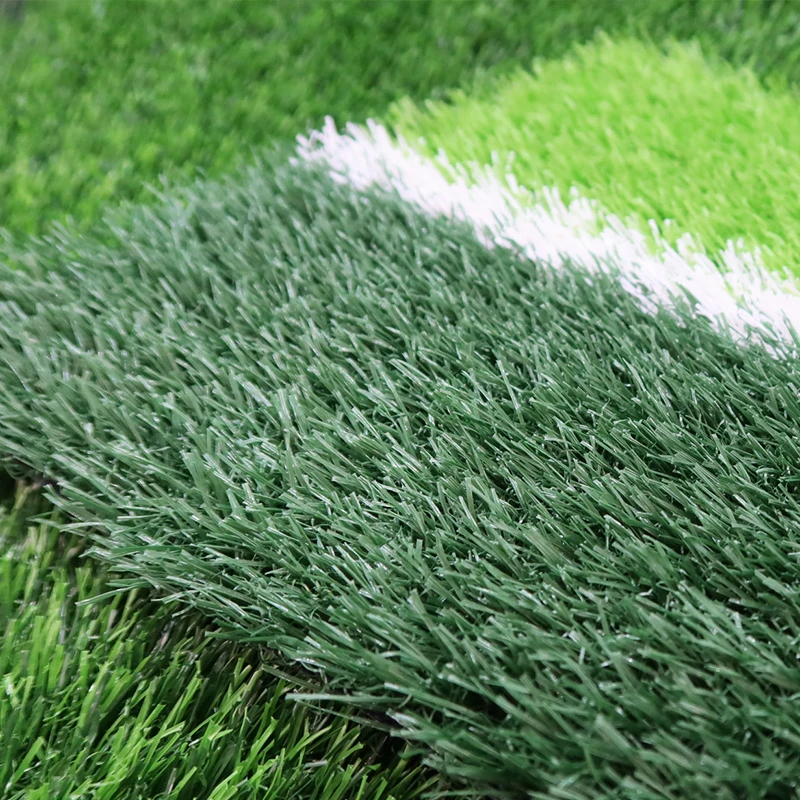
- Afrikaans
- Arabic
- Belarusian
- Bengali
- Czech
- Danish
- Dutch
- English
- Esperanto
- Estonian
- Finnish
- French
- German
- Greek
- Hindi
- Hungarian
- Icelandic
- Indonesian
- irish
- Italian
- Japanese
- kazakh
- Rwandese
- Korean
- Kyrgyz
- Lao
- Latin
- Latvian
- Malay
- Mongolian
- Myanmar
- Norwegian
- Persian
- Polish
- Portuguese
- Romanian
- Russian
- Serbian
- Spanish
- Swedish
- Tagalog
- Tajik
- Thai
- Turkish
- Turkmen
- Ukrainian
- Urdu
- Uighur
- Uzbek
- Vietnamese
Benefits of Using Synthetic Turf for Field Hockey Training and Play
Jan . 01, 2025 18:28 Back to list
The Benefits of Artificial Grass for Hockey A Modern Solution for a Timeless Sport
Hockey is one of the most beloved sports worldwide, characterized by its dynamic gameplay and the intense athleticism it requires from players. As the game evolves, so do the surfaces on which it is played. One of the most significant advancements in field hockey has been the introduction of artificial grass, which has transformed how the sport is played and enjoyed. This article delves into the benefits of using artificial grass for hockey, exploring its impact on gameplay, maintenance, safety, and overall player experience.
Enhanced Performance and Consistency
One of the primary advantages of artificial grass in hockey is the consistency it provides. Unlike natural grass, which can be affected by weather conditions, seasons, and maintenance practices, artificial grass offers a uniform playing surface. This consistency ensures that players can rely on predictable ball behavior, enhancing their performance. The even texture allows for better ball control, allowing players to execute passes, dribbles, and shots with precision. As a result, games played on artificial turf tend to be faster and more dynamic, echoing the competitive nature of the sport.
Reduced Maintenance Costs and Efforts
Natural grass fields require substantial maintenance to keep them in optimal playing condition, including regular mowing, watering, fertilization, and pest control. In contrast, artificial grass significantly reduces the time and resources needed for upkeep. Once installed, artificial surfaces demand minimal maintenance, mainly consisting of brushing to ensure the fibers remain upright and occasional rinsing to remove dirt and debris. This reduction in maintenance not only saves money for clubs and organizations but also allows more time for practice and gameplay, making it a more efficient option for all stakeholders In the sport.
Improved Safety for Players
Player safety is of utmost importance in any sport, and artificial grass contributes positively in this respect. Modern artificial turf is designed with advanced materials that provide better shock absorption and cushioning compared to traditional grass fields. This lower impact on players’ joints reduces the risk of injuries such as sprains and strains, particularly in fast-paced scenarios common in hockey. Furthermore, the consistent surface reduces the likelihood of falls caused by uneven ground, allowing players to focus more on their performance without fear of unexpected hazards.
artificial grass for hockey

Weather Resilience
Playing hockey on natural grass can be unpredictable, especially in regions with varied weather conditions. Rains can leave the field muddy and unplayable, while droughts can dry out and damage natural turf. In contrast, artificial grass is weather-resistant, providing a reliable playing surface regardless of external conditions. This ensures that matches can be scheduled with confidence, maintaining the competitive calendar without interruptions caused by field conditions. In many areas, this reliability has led to increased engagement and participation in the sport, as players are assured of consistent playing opportunities.
Environmental Considerations
While the production of artificial grass has been criticized for environmental reasons, modern advancements have focused on making these surfaces more sustainable. Many manufacturers now offer environmentally friendly options that are made from recycled materials and can be recycled at the end of their lifespan. Additionally, artificial fields eliminate the need for chemical fertilizers and pesticides, reducing the overall environmental footprint associated with maintaining natural grass fields. These innovations make artificial grass a more ecologically sound option in the long term.
Expanding Accessibility
The move towards artificial grass has also democratized access to quality playing fields. In urban areas where natural grass fields may be scarce and in high demand, artificial surfaces allow for more fields to be built in limited spaces. This increased availability encourages more players to engage in the sport, fostering talent at grassroots levels. Schools, community centers, and clubs can invest in establishing facilities that cater to a broader audience, ensuring that more people have the opportunity to experience the thrill of playing hockey.
Conclusion
Artificial grass has revolutionized hockey, creating a positive shift in the way the game is played and experienced worldwide. With its many benefits—enhanced performance, reduced maintenance costs, improved safety, weather resilience, environmental considerations, and increased accessibility—artificial turf has proven to be an invaluable asset. As the sport continues to evolve, the role of artificial grass will undoubtedly expand, further enriching the world of hockey and ensuring that it remains an accessible and enjoyable game for generations to come. Whether you are a player, coach, or fan, the evolution towards artificial grass signifies a bright future for this exciting sport.
-
The Benefits of Artificial Turf for Indoors
NewsJul.15,2025
-
How Artificial Grass Suppliers Ensure Quality Products
NewsJul.15,2025
-
Artificial Grass and Pets: A Space for Relaxation
NewsJul.08,2025
-
Balcony & Outdoor Decoration with Artificial Grass
NewsJul.08,2025
-
Best Indoor Artificial Grass for Home
NewsJul.07,2025
-
Best Pet Turf for Dogs: Safe & Durable Artificial Grass Options
NewsJul.07,2025
Products categories









